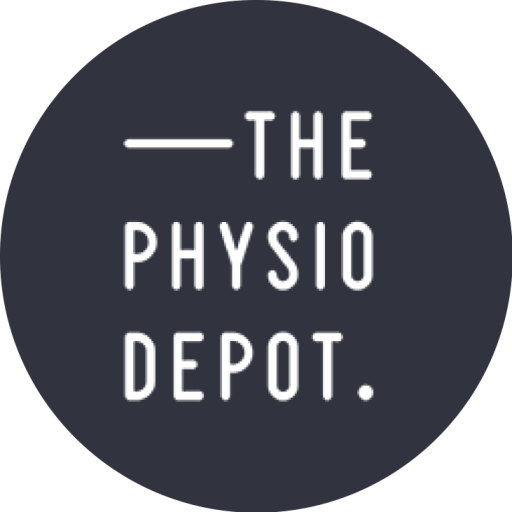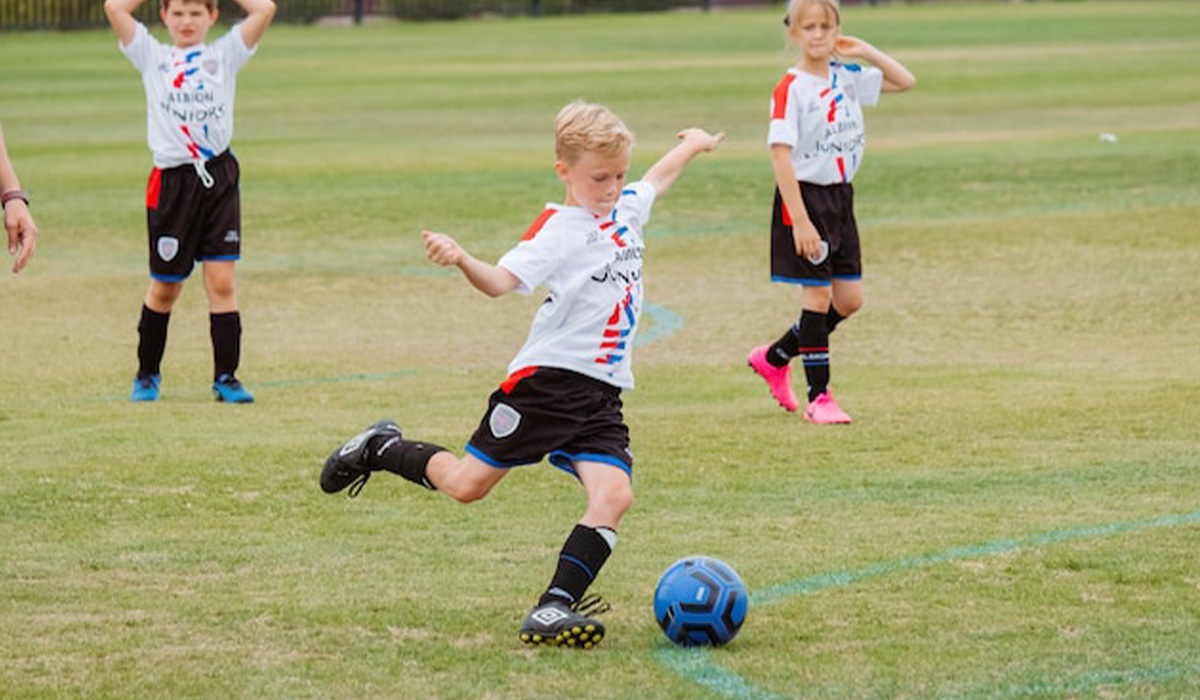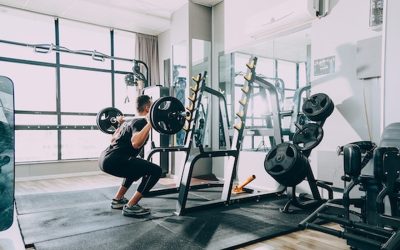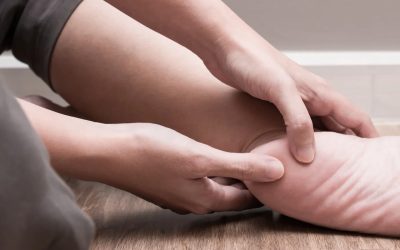Sever’s Disease, also known as calcaneal apophysitis, is a common condition that affects growing children, particularly those involved in sports and physical activities. Despite its name, Sever’s Disease is not a true “disease,” but rather a temporary inflammation of the growth plate in the heel bone (calcaneus). In this blog post, we will delve into the causes, symptoms, and treatment options for Sever’s Disease, providing valuable insights for parents, caregivers, and young athletes.
What causes Sever’s disease:
Sever’s Disease typically occurs during the growth spurt of adolescence when bones, muscles, and tendons are all developing at different rates. The growth plate in the heel bone is susceptible to inflammation due to the repeated pulling of the achilles tendon on the heel’s growth plate. This condition is often associated with activities that involve running, jumping, and sudden changes in direction, putting stress on the heel bone and Achilles tendon.
What are the symptoms?
The hallmark symptom of Sever’s Disease is heel pain, usually felt at the back of the heel where the achilles attaches to the calcaneus. The pain might be more pronounced after physical activity and can range from mild discomfort to more intense pain. Children might also experience stiffness and limping. It’s important to note that Sever’s Disease typically affects one heel, but it can develop in both heels simultaneously.
How does your Physio Diagnose it?
- Taking a good history of sport, growth patterns, footwear and recent activity levels.
- Physical Assessment looking at calf complex range and strength, gait mechanics, palpation and assessment of dynamic activities such as hopping.
- Tenderness over the growth plate
- Imaging via ultrasound if deemed necessary will help diagnose severs.
How can Physio help?!
The good news is that Sever’s Disease is a self-limiting condition that typically resolves on its own once the growth plates in the heel bone close, usually around the age of 15 for girls and 17 for boys. However, there are several strategies to manage the pain and discomfort during this period:
- Relative Rest: Give the affected heel ample time to heal by reducing or modifying physical activity. This condition is self limiting so if your child can train through their symptoms it’s not causing any damage.
- Ice: Applying ice to the affected area for 15-20 minutes a few times a day can help reduce inflammation and provide relief.
- Stretching and Strengthening Exercises: We can recommend specific exercises to stretch and strengthen the calf muscle complex. These exercises can help alleviate tension on the growth plate.
- Good Footwear: Wearing good footwear with a mild arch support can help distribute weight more evenly and reduce strain on the heel. A heel wedge can also be effective in training footwear such as spikes or football boots to reduce load on the heel.
- Pain Relief: Over-the-counter topical anti-inflammatory gels can be helpful. The night of sport or activity wrap the injured heel in glad wrap with a generous dollop of voltaren gel to help soothe the inflamed tissue overnight.
- Gradual Return to Activity: Once the pain subsides, it’s crucial to gradually reintroduce physical activity to avoid putting excessive stress on the heel.
Prevention is better than cure: Do the following to help avoid running into Severs issues
- Recognise a growth spurt and start stretching!
- Maintain a calf strengthening and stretching routine!
- Avoid sudden increases in activity intensity or duration
Sever’s Disease might sound alarming, but it’s a temporary condition that can be effectively managed with the right approach. By understanding the causes, symptoms, and treatment options, you can help your child navigate through this phase of growth and physical development. If your child is experiencing persistent heel pain, don’t hesitate to seek medical advice.




